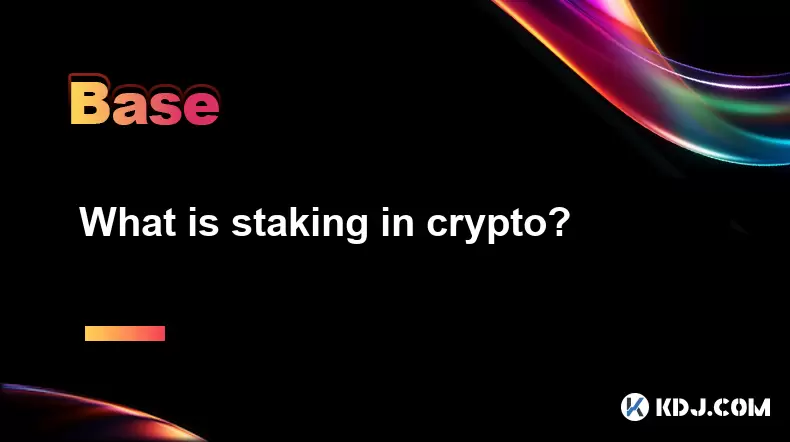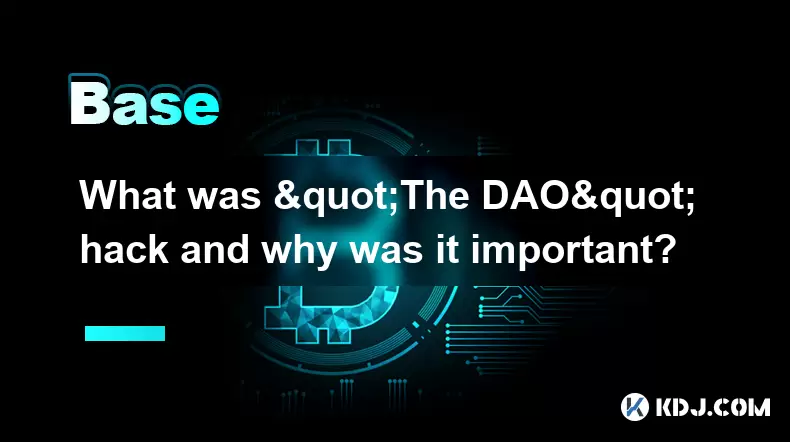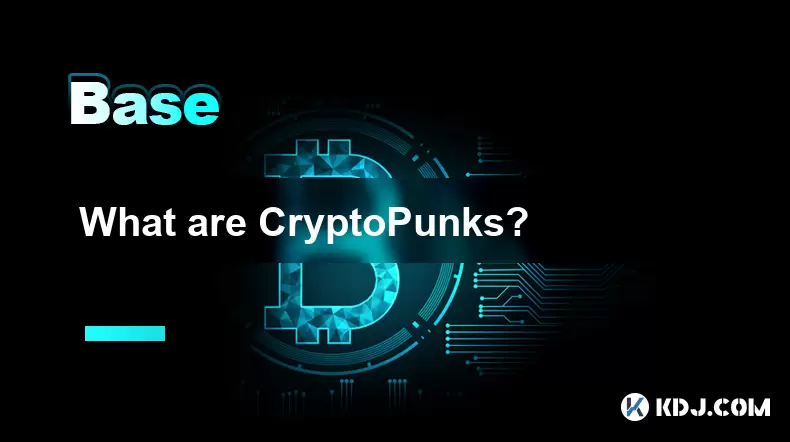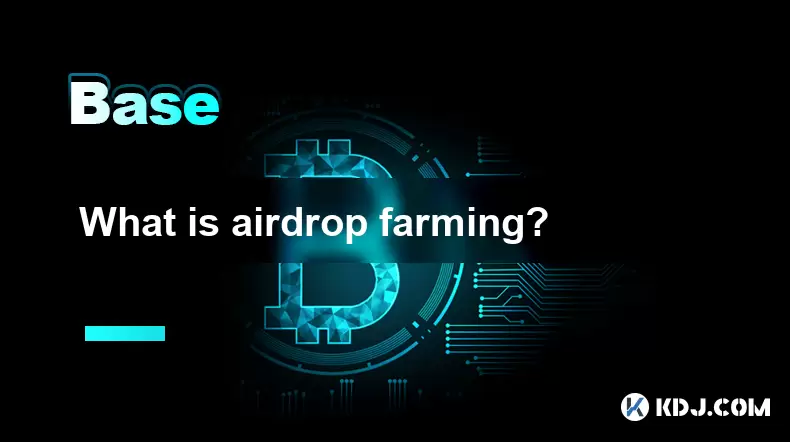-
 Bitcoin
Bitcoin $118300
-1.72% -
 Ethereum
Ethereum $3591
-0.69% -
 XRP
XRP $3.478
-3.53% -
 Tether USDt
Tether USDt $1.001
-0.01% -
 BNB
BNB $737.7
-0.54% -
 Solana
Solana $177.3
-2.40% -
 USDC
USDC $0.9999
-0.01% -
 Dogecoin
Dogecoin $0.2538
7.04% -
 TRON
TRON $0.3256
-0.85% -
 Cardano
Cardano $0.8332
-3.48% -
 Hyperliquid
Hyperliquid $44.80
-3.30% -
 Stellar
Stellar $0.4672
-6.09% -
 Sui
Sui $3.828
-5.98% -
 Chainlink
Chainlink $18.15
-3.41% -
 Hedera
Hedera $0.2655
-7.16% -
 Bitcoin Cash
Bitcoin Cash $517.5
-0.64% -
 Avalanche
Avalanche $23.89
-2.37% -
 Shiba Inu
Shiba Inu $0.00001519
-0.45% -
 UNUS SED LEO
UNUS SED LEO $8.973
0.13% -
 Toncoin
Toncoin $3.211
-2.54% -
 Litecoin
Litecoin $103.5
-3.58% -
 Polkadot
Polkadot $4.313
-3.90% -
 Uniswap
Uniswap $10.31
0.67% -
 Monero
Monero $325.4
-2.88% -
 Bitget Token
Bitget Token $5.049
3.51% -
 Ethena USDe
Ethena USDe $1.002
0.04% -
 Pepe
Pepe $0.00001346
-2.96% -
 Dai
Dai $0.9999
-0.02% -
 Aave
Aave $322.1
-2.93% -
 Bittensor
Bittensor $411.9
-4.70%
What is staking in crypto?
Staking allows cryptocurrency holders to earn rewards by locking up their coins, supporting blockchain security, and enhancing network efficiency.
Jul 19, 2025 at 01:22 pm

Understanding Staking in the Cryptocurrency Ecosystem
Staking in the cryptocurrency space refers to the process of locking up digital assets to support the operations of a blockchain network. This mechanism is primarily used in blockchains that utilize a Proof-of-Stake (PoS) consensus algorithm. Unlike Proof-of-Work (PoW) systems, where miners solve complex puzzles to validate transactions, PoS networks rely on users who "stake" their coins to participate in block validation.
By staking, users contribute to the security and efficiency of the network while earning rewards in return. These rewards are typically proportional to the amount of cryptocurrency staked and the duration for which it is locked.
How Staking Works Technically
In a Proof-of-Stake system, validators are chosen based on the number of coins they are willing to lock up as collateral. The more coins a user stakes, the higher the chances of being selected to validate a new block. This process eliminates the need for energy-intensive mining and makes the network more scalable and eco-friendly.
When a user decides to stake, they must choose a validator node or run one themselves. If running a node, they must ensure constant uptime and technical reliability. Alternatively, they can delegate their coins to a validator, which is a more accessible option for regular users.
Validators are rewarded with newly minted coins and transaction fees, which are then distributed to delegators based on their share of the total stake. However, if a validator behaves maliciously or fails to perform duties, a portion of the staked funds may be slashed as a penalty.
Benefits of Staking Cryptocurrency
Staking offers several advantages for both individual users and the broader blockchain network:
- Passive Income Generation: Users can earn regular returns on their cryptocurrency holdings without selling them.
- Network Security Enhancement: Staking helps secure the network by aligning the interests of validators with the network’s health.
- Energy Efficiency: Compared to mining, staking consumes minimal energy, making it a more sustainable alternative.
- Token Utility: Staking increases the utility of tokens, encouraging long-term holding and reducing market volatility.
These benefits make staking an attractive option for long-term investors who want to make their holdings work for them.
Types of Staking Mechanisms
There are various ways to stake cryptocurrency, each with its own set of requirements and risks:
- Solo Staking: Involves running your own validator node, which requires technical expertise, a minimum stake amount, and consistent uptime.
- Delegated Staking: Users delegate their coins to a third-party validator, which is ideal for non-technical participants.
- Exchange-Based Staking: Platforms like Binance and Coinbase offer user-friendly staking services where users can stake directly from their exchange wallets.
- Liquid Staking: Allows users to stake tokens while receiving liquid derivatives in return, which can be used elsewhere in DeFi protocols.
Each method has its trade-offs in terms of control, reward rates, and risk exposure.
Step-by-Step Guide to Start Staking
If you're ready to stake your cryptocurrency, follow these steps carefully:
- Choose a Staking-Compatible Coin: Not all cryptocurrencies support staking. Popular options include Ethereum (ETH), Cardano (ADA), and Solana (SOL).
- Select a Wallet That Supports Staking: Use a non-custodial wallet like Trust Wallet or MetaMask, or a custodial service like Binance or Kraken.
- Transfer Coins to the Wallet: Ensure you have the minimum required amount for staking, which varies by network.
- Choose a Validator or Staking Pool: Research and select a reliable validator with a good performance record and low commission fees.
- Initiate the Staking Process: Follow the wallet or platform interface to delegate or lock up your coins.
- Monitor Your Staking Rewards: Keep track of your earnings and validator performance regularly.
Each platform may have specific interface steps, so it’s crucial to follow instructions carefully to avoid mistakes.
Potential Risks and Considerations
While staking offers attractive rewards, there are several risks to be aware of:
- Market Volatility: The value of staked assets can fluctuate significantly, potentially offsetting earned rewards.
- Lock-Up Periods: Some networks impose minimum staking durations, during which you cannot access your funds.
- Slashing Penalties: Validators can be penalized for downtime or malicious behavior, which may affect your staked amount.
- Smart Contract Risks: Especially in DeFi-based staking, vulnerabilities in smart contracts can lead to loss of funds.
- Platform Risk: Custodial staking platforms may be targets for hacks or mismanagement, so choosing a reputable provider is essential.
Users should weigh these risks against potential returns and only stake what they can afford to lose.
Frequently Asked Questions (FAQs)
What is the difference between staking and mining?
Staking is part of a Proof-of-Stake consensus mechanism, where users lock up coins to validate transactions. Mining, on the other hand, is used in Proof-of-Work systems, where computational power is used to solve cryptographic puzzles.
Can I unstake my cryptocurrency at any time?
It depends on the network. Some blockchains allow immediate unstaking, while others impose a cooling-off period before funds can be withdrawn.
Are staking rewards taxable?
In many jurisdictions, staking rewards are considered taxable income at the time they are received. Always consult with a qualified tax professional for accurate guidance.
Is staking better than holding crypto in a wallet?
Staking can provide additional income compared to simply holding, but it also introduces risks such as volatility and slashing. The decision depends on your risk tolerance and investment goals.
Disclaimer:info@kdj.com
The information provided is not trading advice. kdj.com does not assume any responsibility for any investments made based on the information provided in this article. Cryptocurrencies are highly volatile and it is highly recommended that you invest with caution after thorough research!
If you believe that the content used on this website infringes your copyright, please contact us immediately (info@kdj.com) and we will delete it promptly.
- Shiba Inu, Ethereum Classic, and Remittix: Which Crypto Will Dominate?
- 2025-07-19 20:48:26
- TOKEN6900 Presale Heats Up: The Meme Coin to Watch in 2025
- 2025-07-19 20:48:27
- Donkey Kong, Collecting, and Super Mario: A Retro Gaming Resurgence?
- 2025-07-19 20:50:11
- Bitcoin, Nexchain, and Crypto Presales: What's Hot in the NYC Crypto Scene?
- 2025-07-19 20:55:12
- Altcoin Season Incoming? Coins Ready to Explode!
- 2025-07-19 18:30:12
- Dogecoin Price Prediction: Cup and Handle Pattern Points to Potential Breakout!
- 2025-07-19 18:50:11
Related knowledge

What is the Inter-Blockchain Communication Protocol (IBC)?
Jul 19,2025 at 10:43am
Understanding the Inter-Blockchain Communication Protocol (IBC)The Inter-Blockchain Communication Protocol (IBC) is a cross-chain communication protoc...

What is the "crypto trilemma" of scalability, security, and decentralization?
Jul 19,2025 at 06:28pm
Understanding the Concept of the Crypto TrilemmaThe crypto trilemma refers to the challenge of simultaneously achieving scalability, security, and dec...

What was "The DAO" hack and why was it important?
Jul 19,2025 at 09:08pm
Background of 'The DAO''The DAO' (Decentralized Autonomous Organization) was a venture capital fund built on the Ethereum blockchain, launched in Apri...

What to look for in a crypto project's whitepaper?
Jul 19,2025 at 01:42pm
Understanding the Purpose of a WhitepaperA whitepaper is a foundational document for any cryptocurrency project, often serving as the first point of c...

What are CryptoPunks?
Jul 19,2025 at 08:28am
Understanding the Basics of Bitcoin MiningBitcoin mining is the process through which new Bitcoin is introduced into circulation and transactions are ...

What is airdrop farming?
Jul 19,2025 at 03:56am
What Is Airdrop Farming?Airdrop farming is a term that refers to the process of accumulating tokens or coins through participating in airdrops and yie...

What is the Inter-Blockchain Communication Protocol (IBC)?
Jul 19,2025 at 10:43am
Understanding the Inter-Blockchain Communication Protocol (IBC)The Inter-Blockchain Communication Protocol (IBC) is a cross-chain communication protoc...

What is the "crypto trilemma" of scalability, security, and decentralization?
Jul 19,2025 at 06:28pm
Understanding the Concept of the Crypto TrilemmaThe crypto trilemma refers to the challenge of simultaneously achieving scalability, security, and dec...

What was "The DAO" hack and why was it important?
Jul 19,2025 at 09:08pm
Background of 'The DAO''The DAO' (Decentralized Autonomous Organization) was a venture capital fund built on the Ethereum blockchain, launched in Apri...

What to look for in a crypto project's whitepaper?
Jul 19,2025 at 01:42pm
Understanding the Purpose of a WhitepaperA whitepaper is a foundational document for any cryptocurrency project, often serving as the first point of c...

What are CryptoPunks?
Jul 19,2025 at 08:28am
Understanding the Basics of Bitcoin MiningBitcoin mining is the process through which new Bitcoin is introduced into circulation and transactions are ...

What is airdrop farming?
Jul 19,2025 at 03:56am
What Is Airdrop Farming?Airdrop farming is a term that refers to the process of accumulating tokens or coins through participating in airdrops and yie...
See all articles

























































































